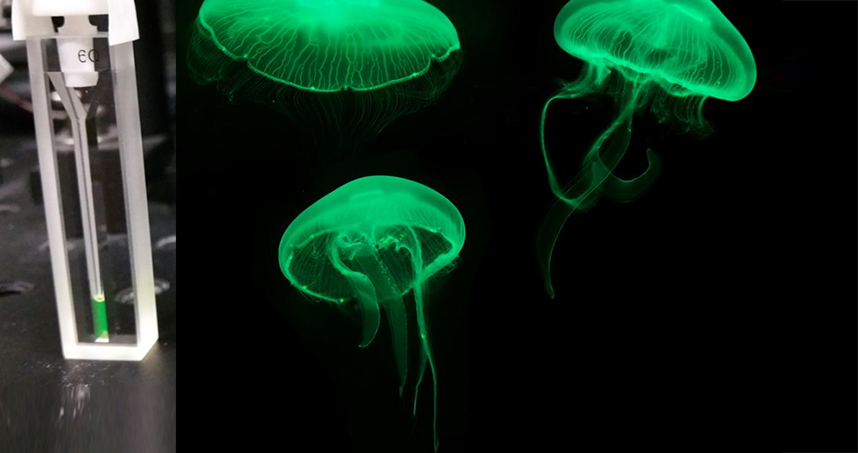I always appreciate a low technology solution to a problem. In this case, it’s a piece of sticky tape which halts compute hackers in their tracks. Here’s more from an August 30, 2021 University of Technology Sydney press release (also on EurekAlert but published August 26, 2021), Note: Links have been removed,
Researchers from the University of Technology Sydney (UTS) and TMOS, an Australian Research Council Centre of Excellence [specifically, the Australian Research Council Centre of Excellence for Transformative Meta-Optical Systems (TMOS)], have taken the fight to online hackers with a giant leap towards realizing affordable, accessible quantum communications, a technology that would effectively prevent the decryption of online activity. Everything from private social media messaging to banking could become more secure due to new technology created with a humble piece of adhesive tape.
Quantum communication is still in its early development and is currently feasible only in very limited fields due to the costs associated with fabricating the required devices. The TMOS researches have developed new technology that integrates quantum sources and waveguides on chip in a manner that is both affordable and scalable, paving the way for future everyday use.
The development of fully functional quantum communication technologies has previously been hampered by the lack of reliable quantum light sources that can encode and transmit the information.
In a paper published today in ACS Photonics, the team describes a new platform to generate these quantum emitters based on hexagonal boron nitride, also known as white graphene. Where current quantum emitters are created using complex methods in expensive clean rooms, these new quantum emitters can be created using $20 worth of white graphene pressed on to a piece of adhesive tape.
These 2D materials can be pressed onto a sticky surface such as the [sic] adhesive tape [emphasis mine] and exfoliated, which is essentially peeling off the top layer to create a flex. Multiple layers of this flex can then be assembled in a Lego-like style, offering a new bottom up approach as a substitute for 3D systems.
TMOS Chief Investigator Igor Aharonovich said: “2D materials, like hexagonal boron nitride, are emerging materials for integrated quantum photonics, and are poised to impact the way we design and engineer future optical components for secured communication.”
In addition to this evolution in photon sources, the team has developed a high efficiency on-chip waveguide, a vital component for on-chip optical processing.
Lead author Chi Li said: “Low signal levels have been a significant barrier preventing quantum communications from evolving into practical, workable models. We hope that with this new development, quantum comms will become an everyday technology that improves people’s lives in new and exciting ways.”
Here’s a link to and a citation for the paper,
Integration of hBN Quantum Emitters in Monolithically Fabricated Waveguides by Chi Li, Johannes E. Fröch, Milad Nonahal, Thinh N. Tran, Milos Toth, Sejeong Kim, and Igor Aharonovich. ACS Photonics 2021, XXXX, XXX, XXX-XXX DOI: https://doi.org/10.1021/acsphotonics.1c00890 Publication Date:August 20, 2021 © 2021 American Chemical Society
This paper is behind a paywall.
Sticky or adhesive tape is part of graphene lore and seems to exert a great fascination for scientists as I note in my June 12, 2018 posting.
